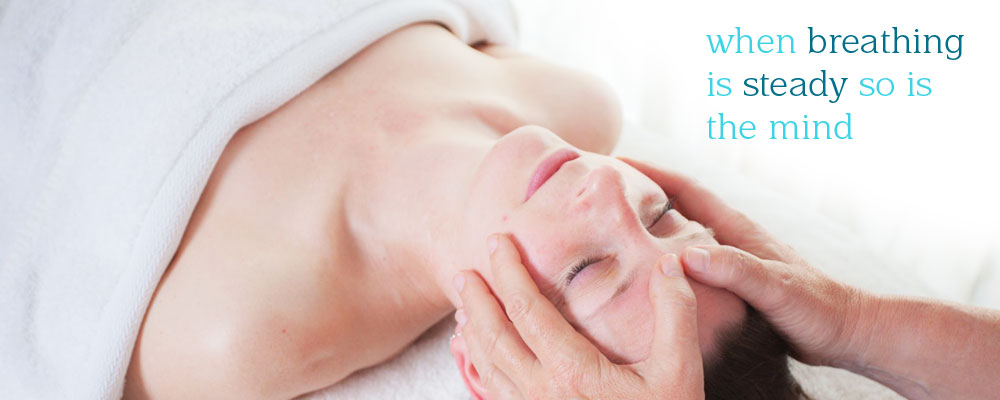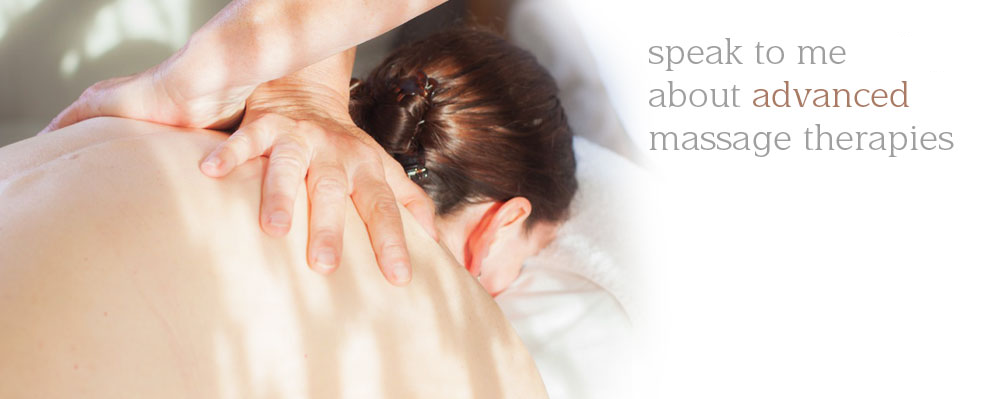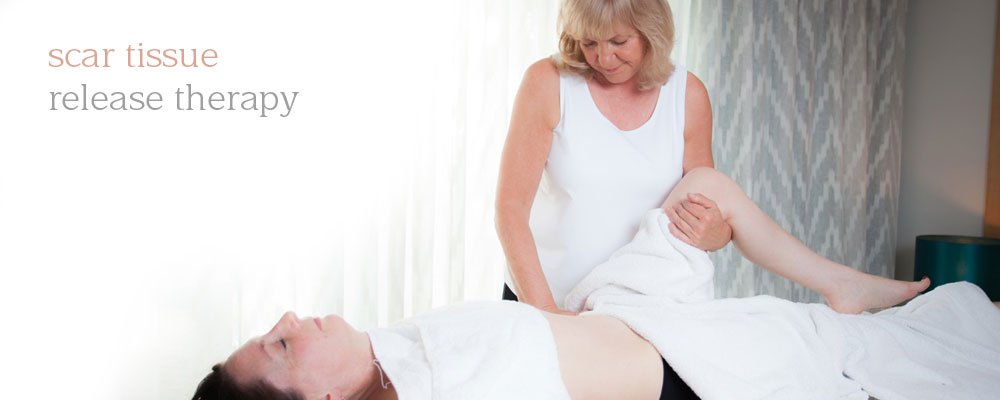What considerations does a massage professional need to take when treating clients diagnosed with Long COVID or with Suspected Long COVID?
(Long COVID is also termed Post-Acute COVID-19, Post Viral COVID and Post Viral Fatigue.)
Please refer to my What are the Signs and Symptoms of Long COVID post for the most up-to-date symptoms identified by NICE (March 2022) & WHO (April 2022).
During Initial and subsequent consultations with patients, it will be important to note any underlying conditions before and since contracting COVID 19 and keep aware of any updates of identified Symptoms identified.
It is also important to acknowledge the code of conduct identified by the 2 professional associations I am registered with:
More Information can be found below *
As a massage professional, I have been treating patients for 15 years. Since returning to work in June 2021 following a break due to COVID restrictions I am observing new or exaggerated conditions in patients following a positive COVID test or due to Lockdown. These observations are not only in patients but in Family and Friends too. Initially I put these observations down mainly to the effects of Lockdown.
For Example:
- Postural issues
- Lower back issues
- Hip flexor tightness
- Headaches
- Fatigue
- Fear/nervousness/suspicion/anxiety
- Depression
- Mental Health changes
For best practice I ask the patient:
- Have you tested positive for COVID-19 or suspect you may have had COVID -19 at any time?
- Have you been diagnosed with Long COVID or suspect you may be suffering from Long COVID?
- Do you consider you have been impacted in any way by Lockdown or the Pandemic?
- Did you have any underlying diagnosed conditions before your COVID-19 infection?
- What symptoms have you been experiencing since infection?
- Have you seen any medical professionals for treatment?
- Are you on any new medication?
- What were your activity levels like before COVID-19 and what are they like now?
I believe it’s important to listen to patients as they are the ones that know their bodies’ the best and yet i do also have to consider that the patient may not always be willing offer how they are feeling emotionally.
Listening to the patient and their priorities during the consultation process and confirming the treatment plan with them can be empowering for them.
The consultation can be sent to the patient in advance of the treatment to give them time to think and may help clients who are experiencing fatigue and brain fog.
I think it’s important to emphasise here that contracting COVID-19 infection is accompanied by a natural but aggressive inflammatory response within the body known as a cytokine storm. A cytokine storm is the immune response that can create a severe acute respiratory response and could cause irreversible tissue damage and distress overwhelming the body that can lead to multi-organ failure.
The need to work with caution is paramount and in some instances, I may need to refer to the Clients’ GPs to gain permission. Above all I can only work with the clinical experience I am already familiar with or trained in such as myalgic encephalomyelitis (ME) or chronic fatigue syndrome (CFS) and any crossover to Long COVID. I must work with caution and an informed approach acknowledging that “not one size fits all” as each person’s inflammatory response will be different to another and may reflect their:
- Fitness
- Age
- Socio economic status
- Gender
- Body Mass Index
It could be I use opportunities to collaborate with other professionals and check if the patient, with their permission, has other medical evidence such as scans or blood tests to optimise their outcomes.
Long COVID is most common in
- 35-49 year old women
- Those in deprived areas
- Those working in teaching and education
- Those working in health & social care
The ubiquitous symptoms of Long-COVID include (John Sharkey)
- Sleep apnoea
- Disorientation
- Tachycardia
- Extreme prolonged fatigue
- Rash
- Impaired autoimmune issues
- Body wide aches
- Joint pain
- Lack of sleep
- Joint stiffness
- Backache
- Palpitations
- Chest pain
- Tooth, mouth and throat pain
- Dizziness
- Diarrhoea
- Stomach pain
- Loss of appetite
- Intermittent fever
- Inflammation of the myocardium
- Acute kidney injury
- Long-term loss of smell and taste
- Change in mood
Specific brain-related symptoms include
- Blurred vision
- Headaches
- Confusion
- Hallucinations
- Delirium
- Depression
- Concentration difficulties
- Brain fog
- Anxiety
Treatment
My approach is to accept what the patient shares with me without judgement.
It’s important to set the pace of the treatment right and agree on the treatment plan before it starts.
As I meet new patients or those who haven’t had a massage for a considerable length of time or may never have had touch therapy applied to their bodies this may be overwhelming and lead to a significant emotional release from the patient.
Working with patients who have had COVID 19 must be done with great care and in incremental steps.
My question to any distressed patient suffering anxiety, brain fog or fatigue is to ask if they feel their breathing has been compromised and share gentle breathing exercises with them. There are “hands-on” techniques that aim to still the breathing and calm the nervous system.
Very simply put if the patient’s sympathetic nervous system is in a heightened state of stress or the “fight or flight” mode then treatment may help to bring into action the parasympathetic nervous system which predominates in quiet “rest and digest” conditions even if only for short term duration.
Breathing exercises done well may last for longer-term duration
Massage has been shown to be effective in reducing stress and anxiety and adapting the pressure of the treatment to the needs of the patient will maximise the benefits to the nervous system.
It may be worth suggesting keeping a confidential journal of how they are feeling physically, emotionally, and mentally. This may help “dump” their thoughts and feelings out of their heads and can lower heart rate.
Self-Care suggestions for the client will be covered in Article 4 https://www.mybreathingspace.co.uk/long-covi-d-article-4-biopsychosocial-model-care/
It’s never going to be one approach fits all.
The content in this Article is a combination of
- My own thoughts and observations
- Article written by Susan Harrison BTEC L6 in CO-kinetic journal issue 89 July 2021 pages 25-32
- Reflective Analysis of LONG-COVID informing Exercise Professionals and Manual Therapists Specialising in Fascia Focused Therapeutic Interventions by John Sharkey MSc published in International Journal of Current Research Vol.13, Issue,11,pp.19428-19432, November,2021





